
Do you have a question about the LG WM9500H A Series and is the answer not in the manual?
| Appliance Category | Washer |
|---|---|
| Type | Front Load Washer |
| Capacity | 5.2 cu. ft. |
| Energy Star Certified | Yes |
| Spin Speed | 1300 RPM |
| Steam Technology/Function | Yes |
| Color | White |
| Width | 27 inches |
| Height | 39 inches |
| Number of Wash Cycles | 14 |
| Allergiene Cycle | Yes |
| TurboWash | Yes |
| Smart Diagnosis | Yes |
| Smart Features/Technology | SmartThinQ® Technology |
Overview of key features like Ultra Capacity, Direct Drive System, and Steam Washing.
Explanation of how load size, temperature, and settings determine washing time.
Describes the pressure sensor system for managing water levels in the tub.
Details on how the door locks, unlocks, and functions during operation.
Conditions under which the washing machine door cannot be opened.
Explanation of the conditions that trigger the door lock indicator lights.
How to activate and deactivate the Child Lock to prevent unintended operation.
Description of the water spray system for improved washing performance.
Benefits and usage of the steam feature for enhanced cleaning.
Details on how the internal drum light activates and deactivates.
Diagrams and lists of included and optional parts and accessories.
Steps for correctly installing the appliance, including bolt removal and leveling.
Instructions for properly connecting the water inlet hose.
Guidelines for connecting the drain hose to ensure proper drainage.
Procedure for safely connecting the washing machine to the power supply.
Essential safety warnings to follow before and during diagnostic testing.
Steps to enter and operate the appliance in Load Test Mode for diagnostics.
Method for checking water level frequency to diagnose errors.
Description of all buttons, indicators, and functions on the control panel.
Recommendations for cycles, fabric types, and available options.
Details on using functions like Fresh Care, Remote Start, and Child Lock.
Step-by-step breakdown of each phase in a typical washing cycle.
Critical safety warnings for performing troubleshooting procedures.
List of error codes, their symptoms, and potential causes.
Diagnostic steps for resolving the Water Inlet Error (IE).
Diagnostic steps for resolving the Drain Error (DE).
Diagnostic steps for resolving the Heating Error (tE).
Diagnostic steps for resolving the Locked Motor Error (LE).
Diagnostic steps for resolving the Door Open Error (dE).
Diagnostic steps for resolving the Unbalance Error (UE).
Diagnostic steps for resolving the Overflow Error (FE).
Diagnostic steps for resolving the Pressure Sensor Error (PE).
Guidance for common issues like no power and display problems.
Steps to diagnose and fix buttons that do not work correctly.
Identifying and resolving issues related to excessive vibration and noise.
Troubleshooting steps when detergent does not flow into the dispenser.
Diagnosing and resolving unusual noises during operation.
Procedure for testing the electrical resistance of the noise filter.
Testing the door lock switch for proper function and voltage input.
Resistance testing of the stator windings for the Direct Drive motor.
Resistance testing for drain and circulation pump motors.
Resistance testing of the water inlet valve solenoids.
Resistance testing for wash and steam generator heaters.
Resistance testing of the thermistor for water temperature monitoring.
Steps to remove and disassemble the control panel assembly.
Procedure for removing the top plate and dispenser covers.
Steps to disconnect and remove the main printed wiring board assembly.
Instructions for removing and disassembling the detergent dispenser.
Procedure for disconnecting and removing the noise filter.
Steps to remove the outer cabinet panels and covers.
Procedure for removing the washing machine door.
Steps to remove and replace the door lock switch assembly.
Instructions for removing and disassembling the water pump.
Procedure for removing and replacing the heating element.
Method for removing foreign objects stuck between the drum and tub.
Steps to access and remove the internal lamp assembly.
Procedure for removing and disassembling the drive motor.
Instructions for removing and replacing the vibration damping components.
Diagram showing the assembly of the cabinet and control panel components.
Diagram illustrating the drum, tub, and related internal parts.
Diagram showing the breakdown of the detergent dispenser system.

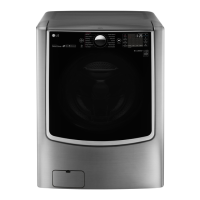

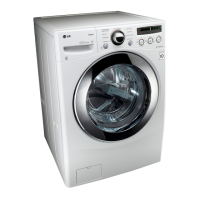
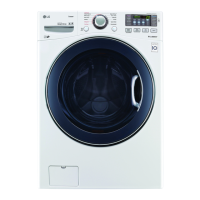
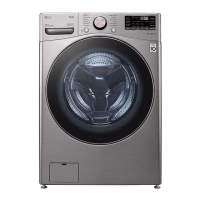
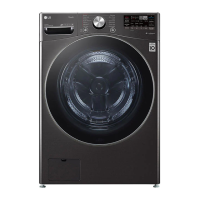
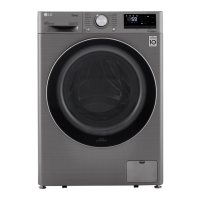
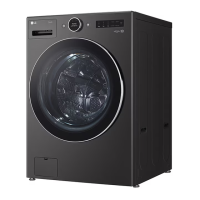
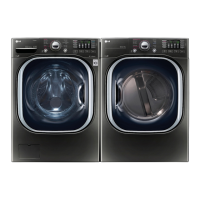

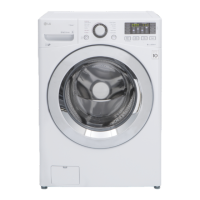
